Menat Symbol – History And Meaning
In ancient Egyptian religion, the menat was a ritual necklace consisting of an amulet and rows of beads.
This symbol is associated with the Egyptian sky goddess Hathor.
The menat was usually worn hanging at the back of the neck as a counterpoise shaped like a pendulum.
The necklace was normally worn by Hathor, the sky goddess of love, beauty, and fertility. It could also be worn by those who were associated with her.
Her priestesses held the counterpoise in the hand, shaking the beads to create a rattling sound which soothed the goddess.
Menat Symbol – History And Meaning
If you want to learn more about the Menat symbol, read on to find out the meaning, history, and significance of this Egyptian symbol.
Menat Symbol History

While the menat is better known as an artifact identified with the sky goddes Hathor, “Menat” with a slight difference in hieroglyphic spelling was also the goddess’ name in ancient Egyptian religion.
The menat was a necklace worn as a protective talisman by both the living and the deceased.
Its original design was based on an image of a yoke. Since a yoke didn’t seem suitable for a goddess, it was designed as a necklace with two parts and placed over the head.
Eventually, the menat necklace became simplified and the counterweight that originally dropped over the back became a pendant.
As Hathor was worshipped as a protector of pregnant women, the ancient Egyptians believed that the menat gave power and strength to the reproduction process which, in turn, promoted marital bliss.
As depicted in numerous temple wall paintings dedicated to Hathor, the menat was held instead of worn and was presented as a sacred offering to the goddess during ceremonies and rituals.
The menat’s counterpoise was considered a magical symbol of the goddess Hathor. In the New Kingdom, those visiting her sanctuaries brought small menats as offerings.
Ancient Egyptians used glazed ware to make the menat amulet, which was employed as a symbol of divine protection.
The menat is often found buried with the dead as it was given as a grave gift during the last two-thirds of the New Kingdom. It was worn by the dead for protection in the afterlife.
The Menat Symbol
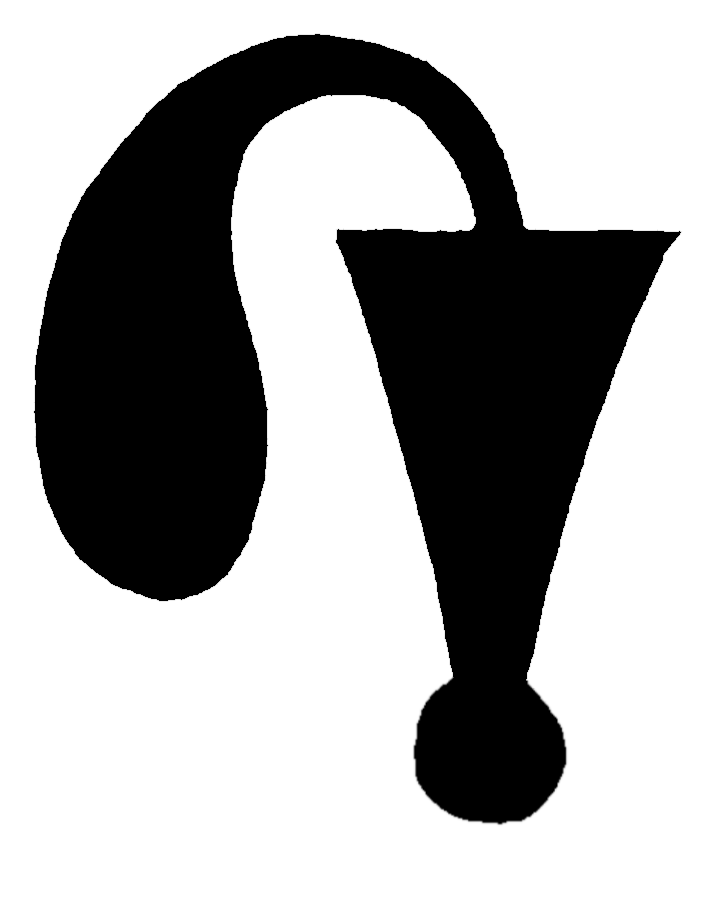
The emblem of the Egyptian sky goddess Hathor, the menat necklace has two parts.
The front of the menat necklace consisted of strings of beads designed in a crescent shape.
Attached to the beads was a small shield-like plate called an aegis, which is Greek for “shield,” meant to rest on the chest. The aegis was often inscribed or bore depictions of deities associated with Hathor.
On the other ends of the strings was a counterweight hanging down the back of the wearer. This piece of jewelry always featured a sun disk.
The menat necklace was worn by ancient Egyptians, both men and women, to promote health and vitality. Among women it was believed to bestow fruitfulness and health. For men, it represented virility.
The necklace was also believed to provide good luck and fortune; ward off danger, sickness, and evil spirits; and serve as a protection in the afterlife.
Menal Symbol Meaning
The menat, also known as menit and menyat, is a symbol consisting of a beaded necklace and a counterpoise. An emblem of the sky goddess Hathor, it was used in ancient Egyptian religion as a symbol of divine protection.
A menat is a talisman or an amulet that can be described as an ornament or religious object believed to bestow good luck or protection against evil, danger, and diseases. It is typically carved or inscribed with magic signs, symbols, formula, or sacred text.
The menat’s counterweight was deemed magical and symbolized the life-force. Used as amulets, the menat was believed to attract prosperity and good fortune.

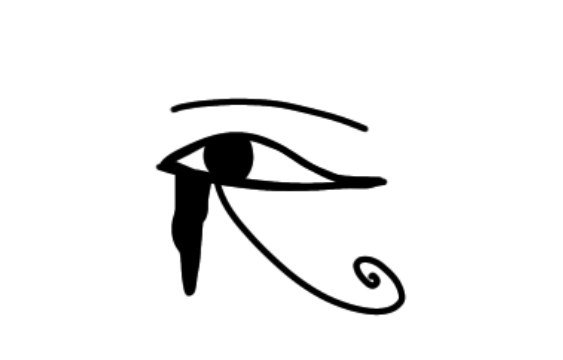
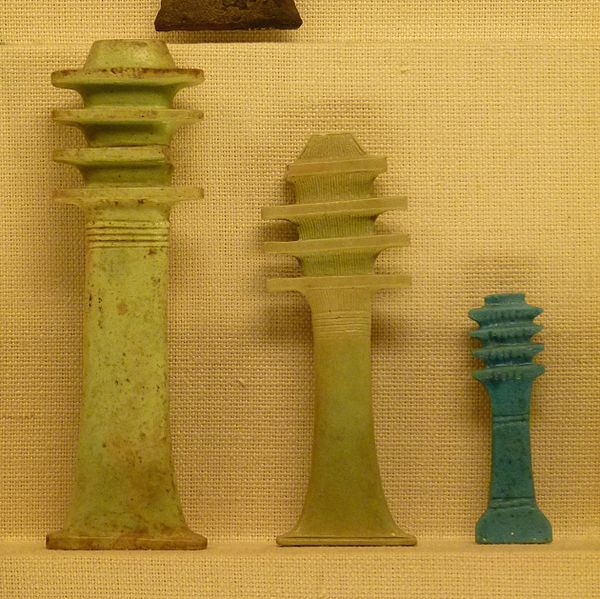
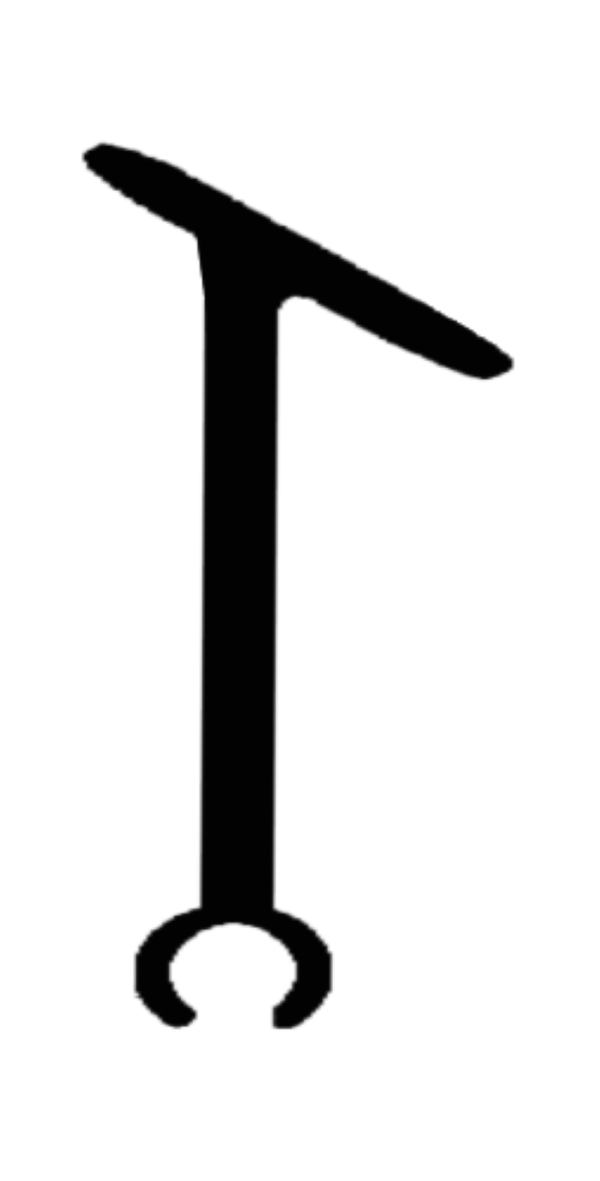
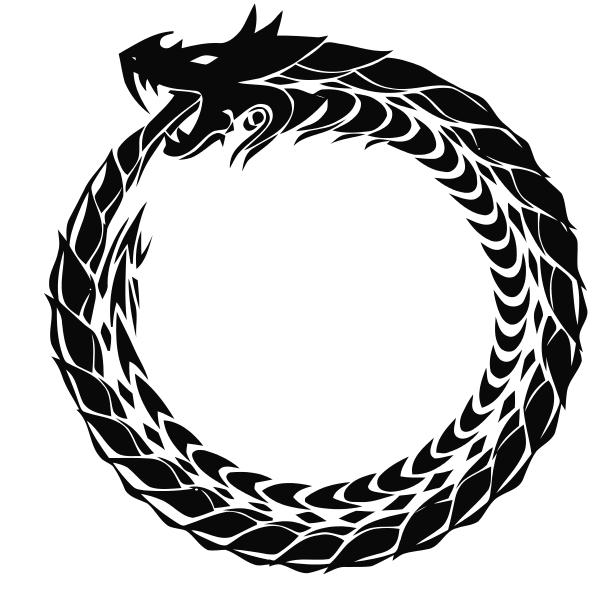

One Comment